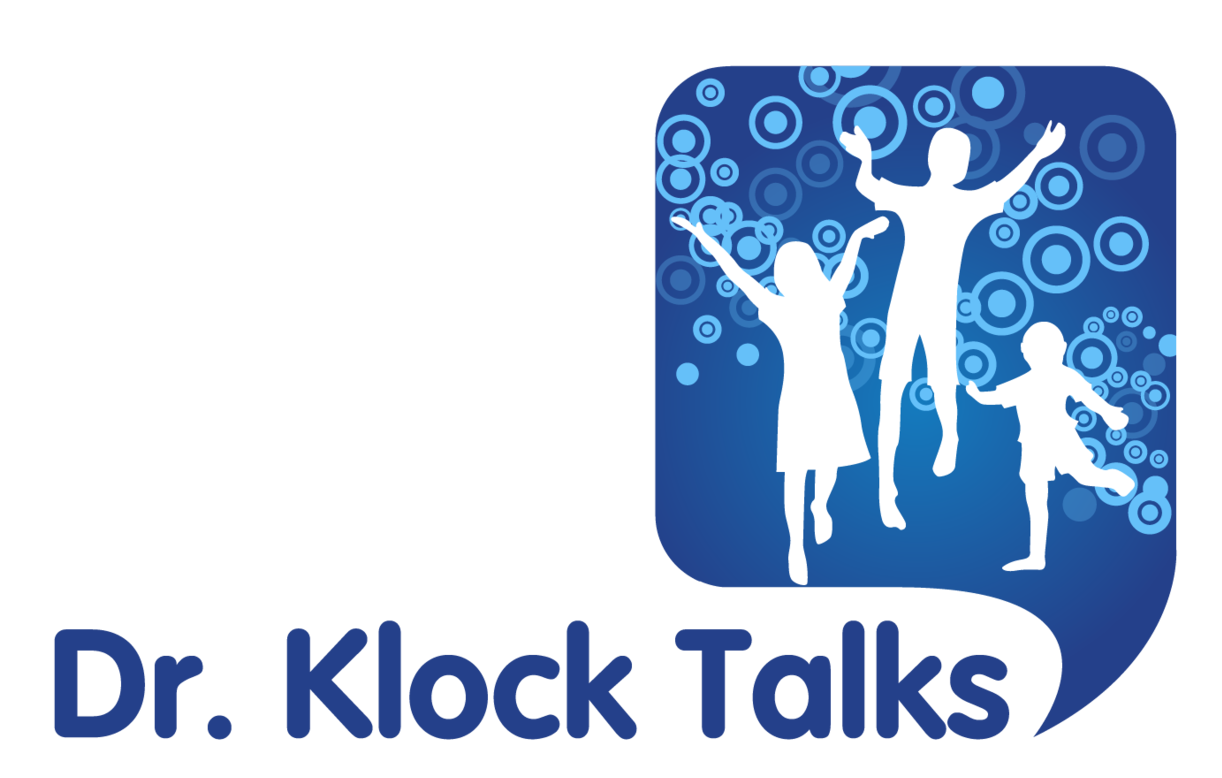Never Start a Habit That Someday You Will Want To Quit
/Knowing a habit is dangerous and quitting a dangerous habit are two different things. Empower your teens and their friends with the tips below. My adolescent patients could repeat my quip, "Never start a habit that someday you will want to quit."
E-Cigarettes and Vaping: What Parents Need to Know
E-cigarettes have become very popular. These devices (also called
e-cigs, vape pens, e-hookah, e-cigars, mechanical mods, and pod
systems) are not a safe alternative to cigarette smoking. The
American Academy of Pediatrics (AAP) supports actions to
prevent children and youth from using or being exposed to the
vapor from e-cigarettes. This fact sheet offers facts and tips for
parents to help address e-cigarette use and exposure.
Common types of e-cigarettes
Health Harms
• The solution and vapor from e-cigarettes contain harmful chemicals, some of which cause cancer
• The nicotine in e-cigarettes is addictive and can harm brain development
• E-cigarettes are not recommended as a way to quit smoking
• In some cases, e-cigarettes have exploded, causing burns or fires
• Exposure to secondhand vapor from e-cigarettes is harmful to growing lungs
• Long-term health effects on users and bystanders are still unknown
• E-cigarettes can be used to smoke or “vape” marijuana, herbs, waxes, and oils
Dangers to Youth
• E-cigarettes are the most commonly-used tobacco product among teens: in 2018, over 20% of high
school students reported having used e-cigarettes in the last 30 days
• Youth are uniquely vulnerable to the nicotine in e-cigarettes because their brains are still developing
• Youth who use e-cigarettes are more likely to smoke traditional cigarettes in the future
• Children are exposed to e-cigarette advertising in the media, online, and in magazines and billboards
• E-cigarettes appeal to children because they come in fun flavors like fruit, bubble-gum and candy
• Although it is illegal for e-cigarettes to be sold to youth under age 18, they can be ordered online
Risk of Poisoning
• E-cigarette solutions can poison children and adults through swallowing or skin contact
• A young child can be killed by very small amounts of nicotine: less than half a teaspoon. Because of
this, liquid nicotine is required to be sold in childproof packaging
• Symptoms of nicotine poisoning include sweating, dizziness, vomiting, and increased heart rate.
• Calls to poison control centers related to e-cigarettes have skyrocketed in the last 5 years
• If exposure to liquid nicotine occurs, call the local poison center at 1-800-222-1222
Recommendations for Parents
• The best way to protect your children is to never smoke or vape in the house, in the car, or in places
that children spend time. Talk with your doctor about ways to help you quit tobacco products
• Talk to your children about the dangers of e-cigarettes, and make sure you can identify them
• If you are an e-cigarette user, always keep e-cigarettes and liquid nicotine locked and out of the
reach of children. Protect your skin if handling e-liquid
For more information about these devices, including statistics and citations, please visit
http://www2.aap.org/richmondcenter/ENDS.html
Visit the AAP Richmond Center online at: www.richmondcenter.org

